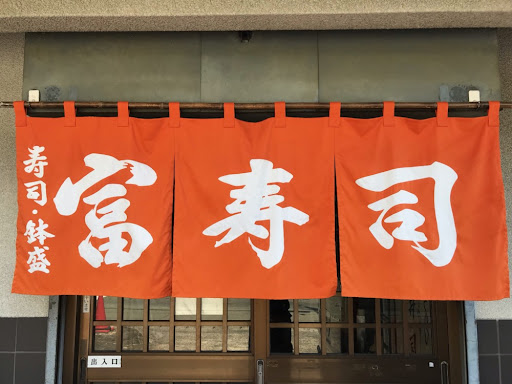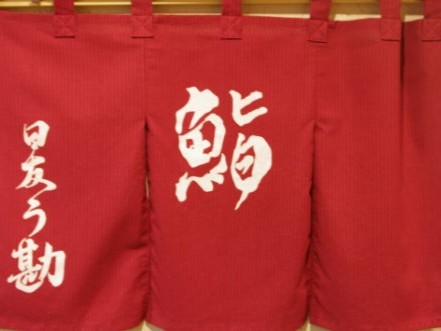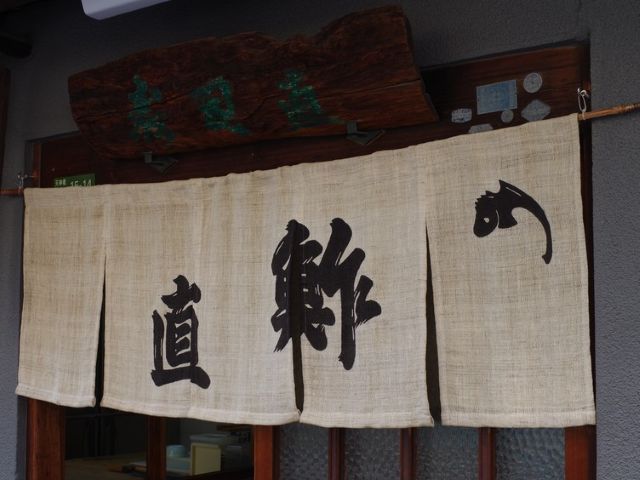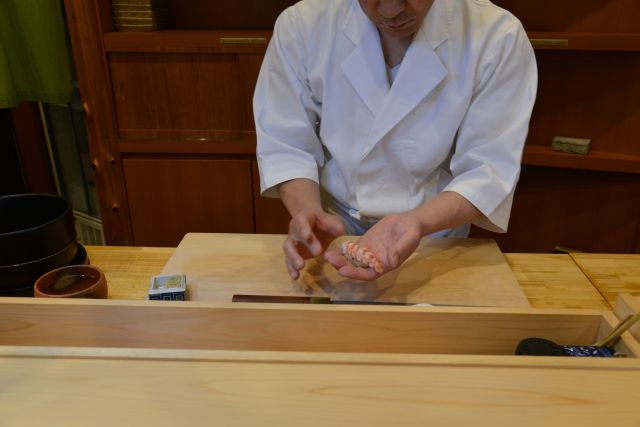
As far as we know, there are three ways “sushi” is written on sushi restaurant curtains in Japanese kanji characters: 鮨, 鮓 and 寿司.

Do you know the difference? Most Japanese people don’t know the answer to this question.
This is because various spellings are used by sushi restaurants throughout Japan.
For example, in Hokkaido, “鮨” is used. Next, in Tohoku, Akita and Yamagata use “鮨,” Aomori, Iwate, and Fukushima use “すし,” and Miyagi uses “寿司.”
In Kanto, Gunma, Saitama, Tokyo, and Kanagawa use “鮨,” Ibaraki and Chiba use “すし,” and Tochigi uses “寿司.” The spellings vary by prefecture.
Incidentally, among the 42 prefectures (excluding Nara, Wakayama, Kochi, Saga, and Okinawa), the most common spelling is “鮨” with 20, followed by “すし” with 17, ‘寿司’ with 4, and “鮓” with 1.
Broadly, in the Kanto area 鮨 is generally used while 鮓 is more common in Kansai. 寿司 is used commonly everywhere in Japan.

On the other hand, of the three, only 鮨 and 鮓 are seen in ancient Chinese literature. 鮨 was seen as a dictionary entry as early as the 5th to 3rd centuries B.C., and it’s origin is described as combining “fish” and “shiokara” (briny flavor) resulting in the term 鮨.
On the other hand, in A.D. 1st to 2nd century dictionaries, “鮓” appeared, and is explained to depict “a storage container for fish.” Toward the end of the second century 鮓 was used for the term “narezushi”.
But around the third century, the briny meaning of 鮨 and the term “narezushi*” written as 鮓 started to be used interchangeably. That is how the words were imported to Japan.
In Japan, the character “鮓” was often used in literature from the end of the Heian era to the end of the Edo era. Eventually the use of “鮨” was revived during the Meiji era (for unknown reasons). It was a natural transition that Kanto came to use “鮨” and Kansai came to use “鮓”.
Incidentally, the kanji “寿司” was created from the phonetics. Its use for celebratory occasions became commonplace throughout Japan.
*”Narezushi (熟れ寿司)” is the primitive version of Japanese sushi. It means covering seafood with salt and then soaking in rice for a few years as a form of lactic acid fermentation, which brings out the acidity.
We hope this information will be helpful.

Revision date: May 31, 2025
Share this article
